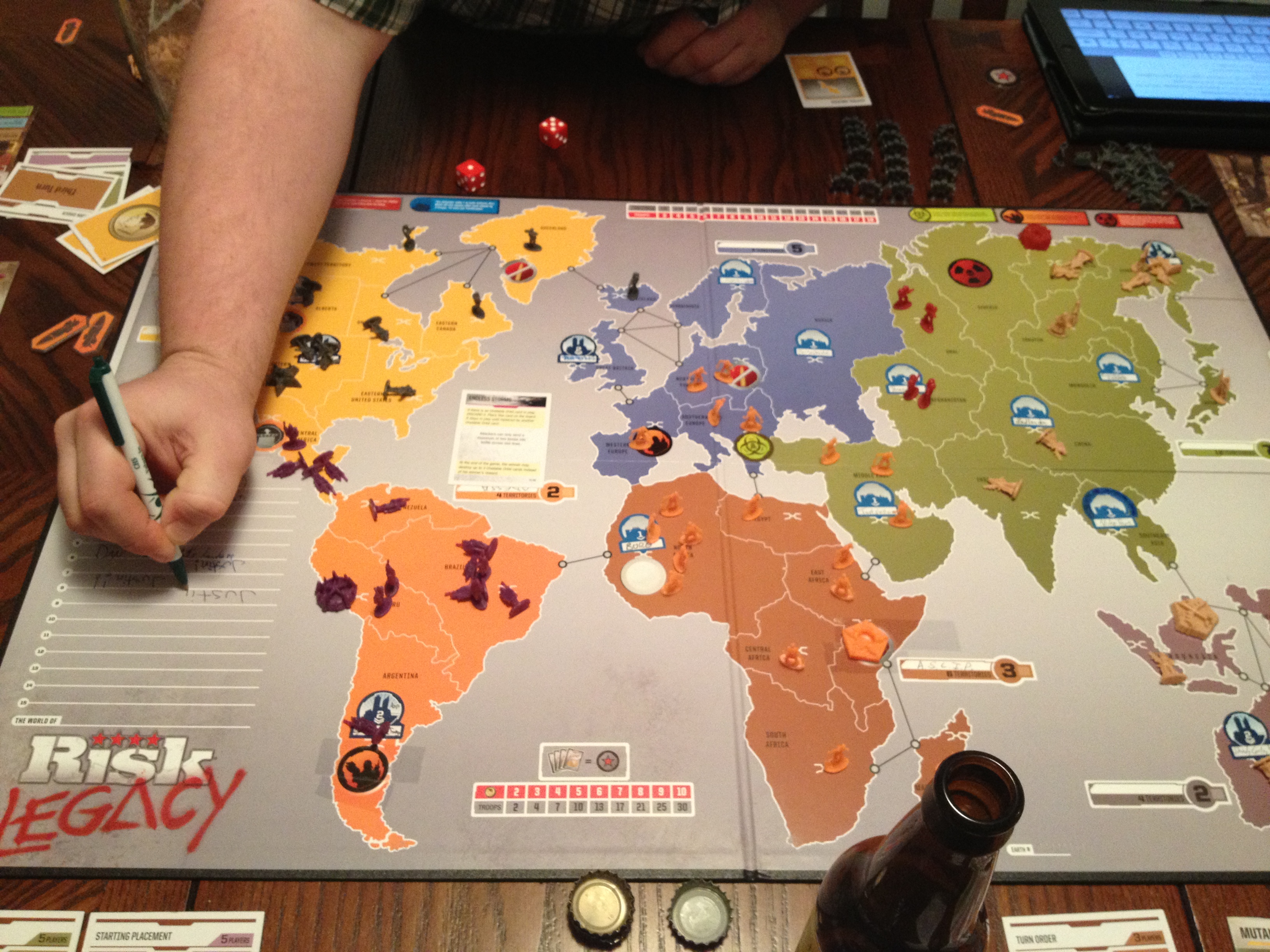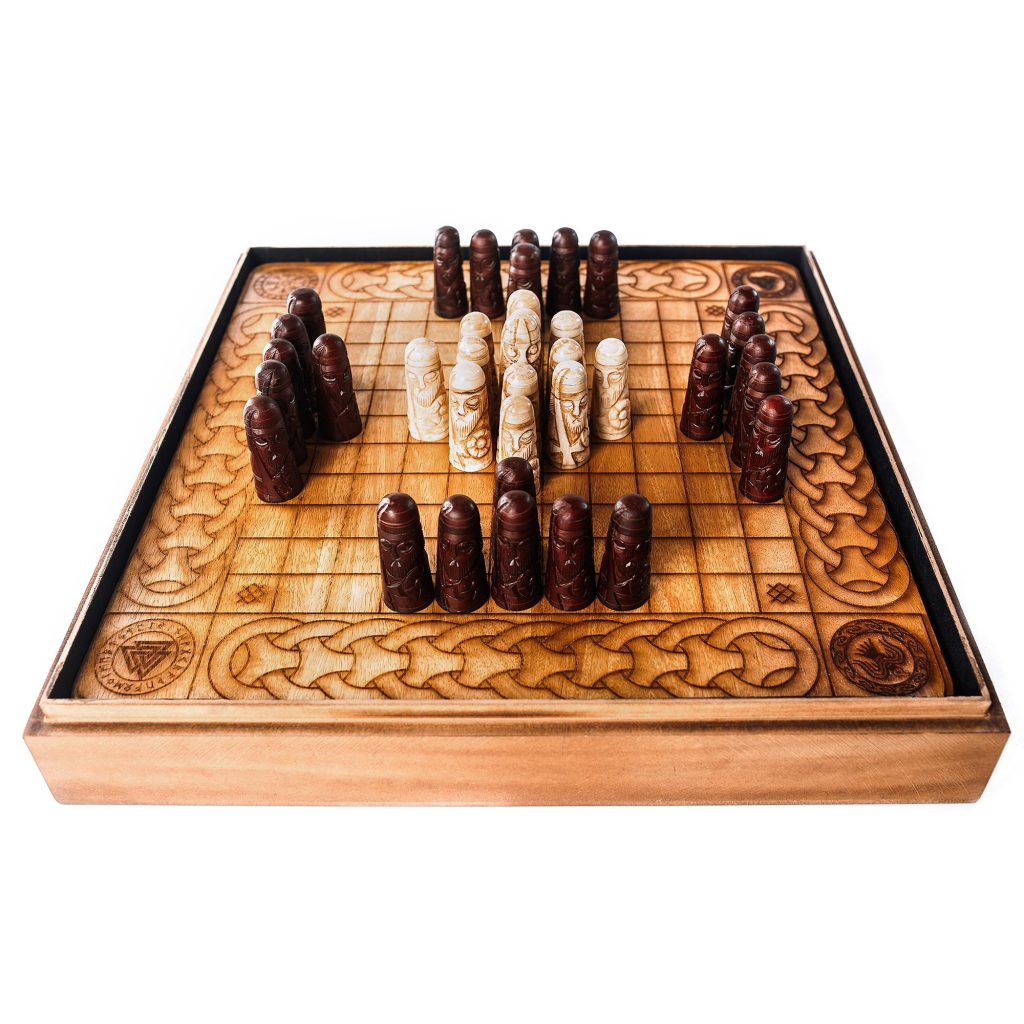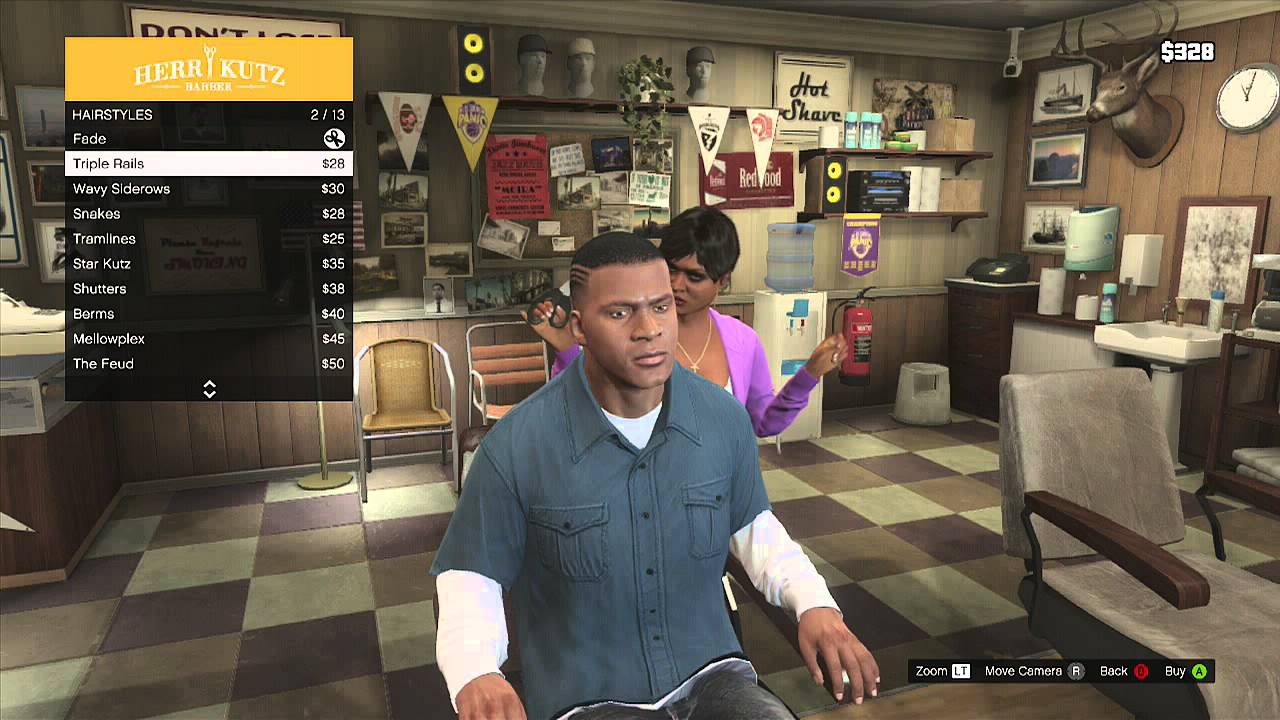Before we start, have an open discussion with your team and decide if you want to keep the team alive or dissolve it. Disbanded teams will be reshuffled into new teams by me according to skill balance.
You don’t need a full consensus, up to one person per team can leave (or make themselves available to join another team)
Some terms to discuss in class in relationship to multiplayer games. This is also an initial braintorm.
Agency
Most of these unique features of the gaming situation (or cyberdrama or interactive literature…) relate to the concept of agency, popularized by media theorist Janet Murray.
Agency: the satisfying power to take meaningful action and see the results of our decisions and choices
Murray sees immersion and agency as central elements for the enjoyment of games.
Every expressive medium has its own unique patterns of desire; its own way of giving pleasure, of creating beauty, of capturing what we feel to be true about life; its own aesthetic.
Janet Murray – Hamlet on the Holodeck 1997
The issue of agency will come up frequently while discussing story-based and art/arty games.
Can there be a game without agency?
Let’s examine 3 extreme cases: The Graveyard by Tale of Tales, a Call of Duty “pacifist speedrun”, and Progress Quest.
Exercise:
Introducing: The Underrated Verbs Battle Royale
Skill vs chance

Libro de los juegos
The text is a treatise that addresses the playing of three games: a game of skill, or chess; a game of chance, or dice; and a third game, backgammon, which combines elements of both skill and chance.
How old are board games exactly?

This is when the homo sapiens started to become sedentary and developed agriculture. In these games the tokens are seeds and they are based on sowing and reaping. We can easily infer that they were used to support the conceptual development of the agrarian mentality.




Digital slot machines, traditionally random, are becoming increasingly more sophisticated adapting to the users behavior, giving an illusion of agency, and producing wins that increase the addition cycle.
Gambling machines are becoming more videogame-like to attract millennials, posing dilemmas to gambling regulators.
Meanwhile F2P and social games introduce elements of gambling and designed addiction cycles. They rely on “whales” or few heavy spenders, just like casinos.
Even completely skill games are adding gambling like elements like loot boxes which are attracting the attention of regulators.
Digital games are traditionally more oriented toward skill, the popularity of the roguelike meta-genre (which includes Imbroglio, FTL, Spelunky, or the binding of Isaac) suggest a increasing taste for uncertainty and risk.

Exercise:
Join the shared document, “claim” a page adding your name
1. write down 3 multiplayer games (analog or digital as long as it’s relatively well known) that have a high component of skill.
2. do the same for 3 games with a high component of luck
3. [secret]
Theme and gameplay

Ludonarrative dissonance by Clint Hocking
Other examples you experienced?
Flavor text in collectible card games


She believed that the main cause of poverty was land monopoly and the way to solve it was to impose a single uniform tax that would discourage speculation. So she created a game to represent this conflict. Thirty years later a man called Charles Darrow patented a modification of the landlord’s game and turned into a “pro landlord” game. It would later become Monopoly.
Exercise:
Choose a multiplayer game among the ones mentioned earlier, and imagine a complete re-theming that doesn’t change the gameplay. Write down a list of the changes.
Try to look for the most thematically different treatment that’s not likely to be ludo-narratively dissonant.
Perfect information / imperfect information
A game possesses perfect information if each player, when making any decision, is perfectly informed of all the events that have previously occurred.
Imperfect information introduces uncertainty but it’s not the same as chance. Some games can have randomness with perfect information and others can have imperfect information without chance.
Can you think of examples of games and videogames build around information differentials?
Exercise:
Can you come up with a novel game concept by adding secret information to a gameplay that doesn’t have much of it? Write it down.
Targeted interaction

5 fingers – Eric Zimmerman (Chip-taking game)
Rule 1: Get a group of three or more people.
Rule 2: Put up five fingers.
Rule 3: Take turns eliminating each others’ fingers.
Rule 4: Last person with fingers wins.
What are the dynamics and the winning strategies (see also Mafia/werewolf)?
Politics/metagaming, “electing” a winner, kingmaking (3rd player problem A & B are contending and C has no chance).
Issues with player elimination or effective elimination (player knows has no chance but has to keep playing), griefing.
What are some of the solutions to address problematic interaction in games like Carcassonne, Zooloretto, Guts of glory, Pandemic or others?
Competition/Cooperation

Avoiding direct targeting = family friendliness – trade mechanics veering toward cooperation

Issues with Pandemic or other co-op games: solitaire played together, expert players monopolizing the game.
The multiplayer solitaire problem and possible solutions: time constraint, roles, sheer complexity…
Exercise:
1. in groups of 3, pick a classic arcade game among these ones
2. conceptualize a massively multiplayer variant (more than 5 players), discuss what can and cannot be scaled
3. conceptualize a cooperative multiplayer variant. Sketch out a layout or some visual schemes on Jamboard or aggie.io
Persistence and reversibility
Are there games you can only play once? Are games whose effects of your actions are permanent?
In online games, persistent worlds introduce a new kind of play: the game continues whether or not you are present.
Some single player games experimented with the one session concept or with effects that extend outside of the game world
In analog games persistence is a fairly new element introduced by Risk Legacy (and subsequently adopted by other Legacy games) which prescribes players to leave permanent marks on the board or destroy cards.

Exercise
Try to add some kind of persistence to one of the games conceptualized above
Symmetry/Asymmetry
 Tafl, a family of Nordic and Celtic strategy games preceding chess. It represents an asymmetrical siege. Originally played on an animal skin.
Tafl, a family of Nordic and Celtic strategy games preceding chess. It represents an asymmetrical siege. Originally played on an animal skin.

Counterstrike, a popular HalfLife mod, popularized asymmetrical shooters. It casts terrorists against counter terrorist with opposite goals, planting a bomb vs preventing it.
Another level of asymmetry is created by characters or units with different capabilities. Team Fortress, Overwatch, MOBAs.
Can you think of other kinds of asymmetries in multiplayer games?
Exercise:
Go through the more developed ideas brainstormed so far and add an element of asymmetry to their gameplay (if they don’t already have it).
Synchronous and asynchronous
In videogames the term asyncronous is often used to designate all the non real time gameplay, especially turn-based.
But there are less board game derived types of asynchronicity.
Exercise:
Like before, Go through the more developed ideas brainstormed so far and add an element of asynchronicity to their gameplay (if they don’t already have it).
Theme exercise:
You are given another team’s proposal. Oh no! The game looks great idea but our lawyers say we may commit copyright infringement. Think of another theme that can work with the same gameplay.
You are given another team’s proposal. Oh no! The concept looks great idea but the gameplay is deemed unviable by our engineer. Think of another gameplay that can work with the same concept.
Prototype

-A game prototype is not a finished product but a dynamic, computational “sketch” of your game, a proof of concept.
-Prototypes are usually developed with the fastest techniques: paper or accessible tools like processing or flash.
-Because of that, prototypes are typically thrown away even if they are successful. The development starts from scratch.
-Prototypes use placeholder assets, concept art can be done separately to set a style and visual/polish goal
-Most prototype fail: turn out to not be good or feasible ideas or don’t generate the desired dynamics (fun or else). And that is not a problem.
Feedback and collaboration is not always useful in prototyping:

*From How to Prototype a Game in Under 7 Days
From a good prototype you should be able to tell:
* Can the player make meaningful decisions?
* Is the player getting the feedback they require to make good decisions?
* Are the major risk / reward schedules in place?
* What is the pacing of the experience?
* Is there enough meat here to hang the rest of the game on?
From Common game prototyping pitfalls
Sometimes student projects turn out to be proof of concept for bigger games.
Braid was prototyped in one week, but the time manipulation was just the beginning.
Each world introduces a new core mechanic that forces you to reconsider all the patterns you learned before.
Journey prototypes
Scope

Breath and depth are closely related to the scope which is the planned complexity of a game (in terms of feature, content and systemic detail).
It’s quantitative and qualitative and usually defined in a game design document. How do you simulate a city or the life of a criminal?
Feature Creep: adding more features after the scope has been defined.
Overscoping: aiming for more than you can achieve in the given timeframe.
To avoid overscoping:
– stay away from content heavy projects
– identify the core mechanics immediately
– try to reduce them even more
– make a feature complete prototype with all the core mechanics as soon as you can.
Instead of adding new elements from the beginning explore all the possibilities created by these mechanics and then add only a new one at a time. If it opens up a new space of possibility combining and reinforcing the existing ones, then it’s a feature worth pursuing.
If you need a minigame or a subgame or a cutscene to make your game work, you are on the wrong track.
When you are scoping a project find out examples of games with a similar complexity made by similarly experienced people in a similar timeframe.
Learning Curve
CLOP’s learning curve is quite literal
All the best games are easy to learn and difficult to master. They should reward the first quarter and the hundredth.
-Nolan Bushnell
Ian Bogost argues that learnability has more to do with Familiarity rather than simplicity (pong based on ping pong, Braid based on super mario) and mastery in most videogames boils down to habituation, the sense of being in control, which makes the game rewarding/addictive.
Difficulty level
The difficulty level is related to the learning curve. Games can compensate the mastery acquired by the player in order to provide an incremental challenge.
The increasing difficulty in Space Invader was a result of hardware limitations (more aliens on screen = slower rendering) the designer decided to take advantage of.
Extreme difficulty level can create intense levels of engagement in certain players. If depth is related to mastery, the learning curve can be part of the equation:

Will Wright talks about a gameplay landscape in sandbox games, the player is free to explore. In the Sims the more stuff and relationship you have the more complications you encounter.
Hades and the game loop
Flow
By Jenova Chen who wrote a thesis on flow in game design
What are some games with a good flow? What are the strategies they use? E.g. Dynamic Difficulty Adjustment for flOw (and slot machines), forgiving gameplay for Bejeweled and 2048?

Playtesting
Playtest is the process of testing an unreleased game for bugs and problems. As you develop a game you are constantly testing, tweaking and debugging it, but it’s important to involve other people and not just at the very end.
1- Play the other group game
2- Designers don’t say anything (except controls and brief instructions that would be communicated by the game) and just take notes while the other play.
3- Playtesters try a few sessions playing normally, and then a session playing with the intent of trying to break the game (Quality Control).
As you play try to explain what you are thinking and what motivates your choices, but don’t ask the designers too many questions, don’t critique as you play.
4- When you are done playing you can have a proper conversation with comments and feedback.
5- Switch roles.
Game Juice / Game Feel
These talks are casual, a bit goofy and performative but they describe aspects of the game that can really make a difference: how the game provides a feedback, how to make every action feel satisfying, what are some simple strategies to make a game feel more alive and dynamic…






